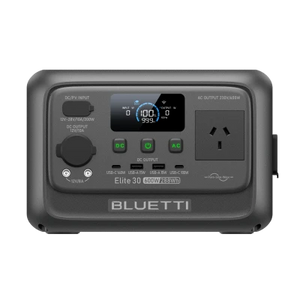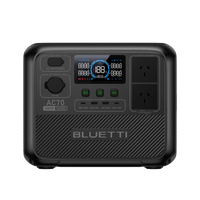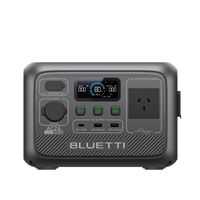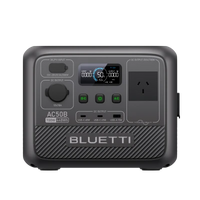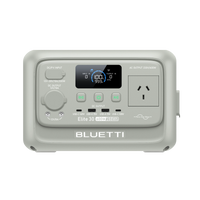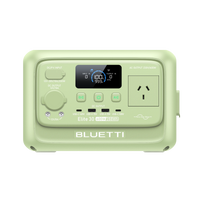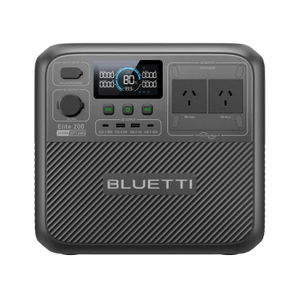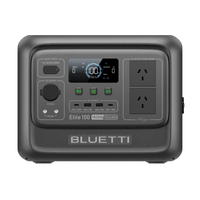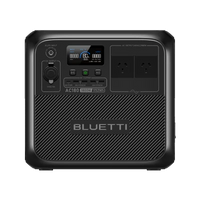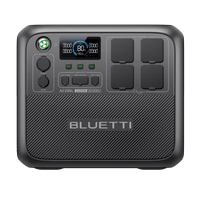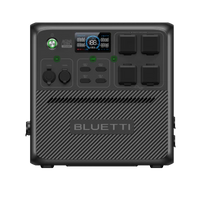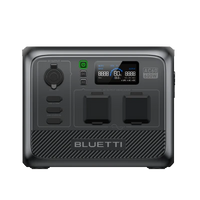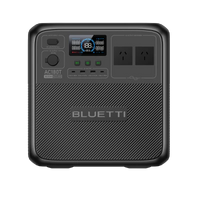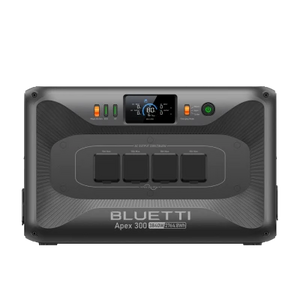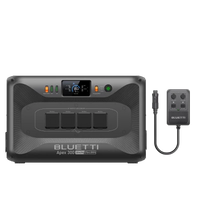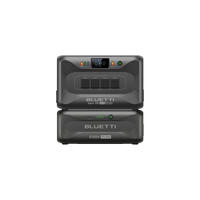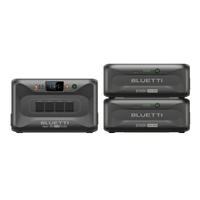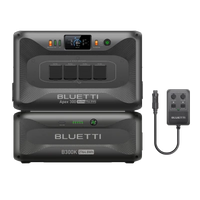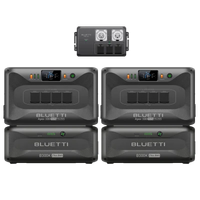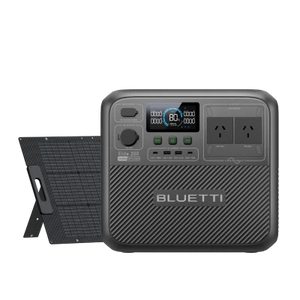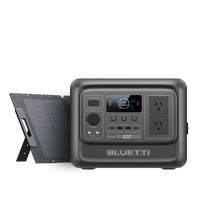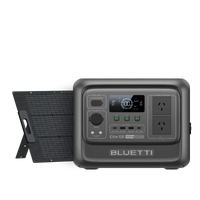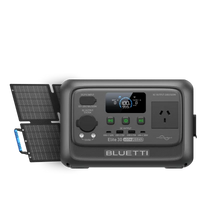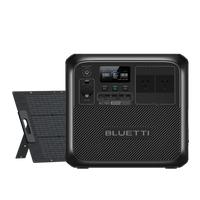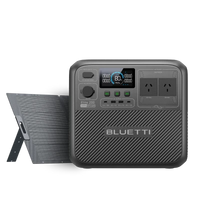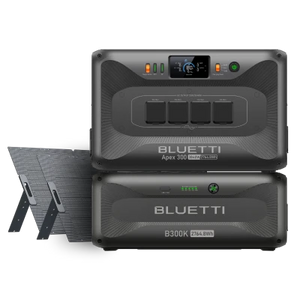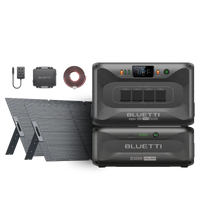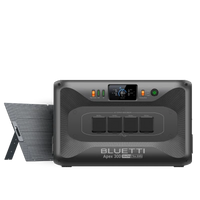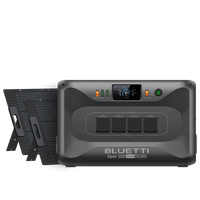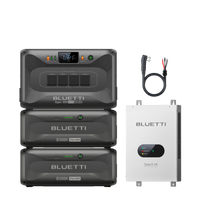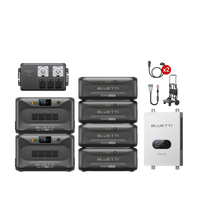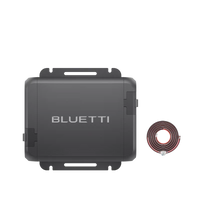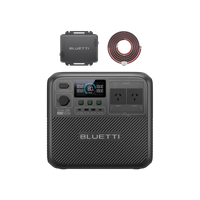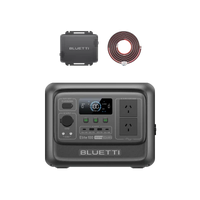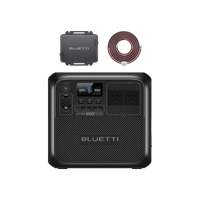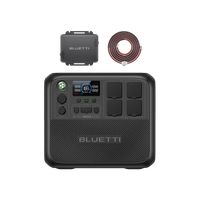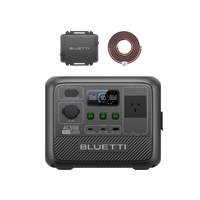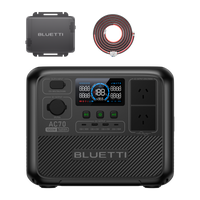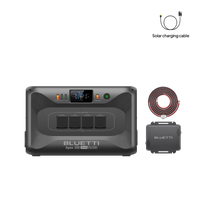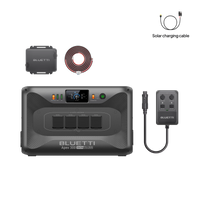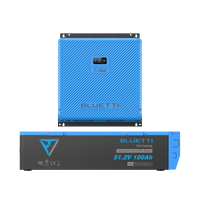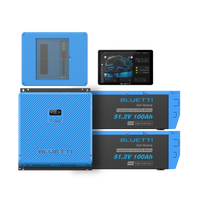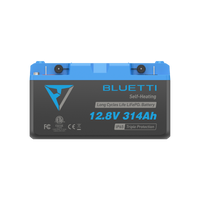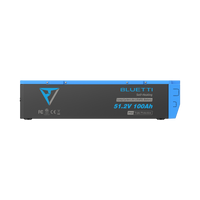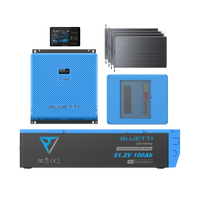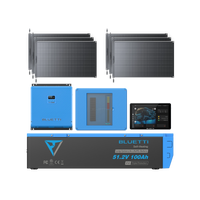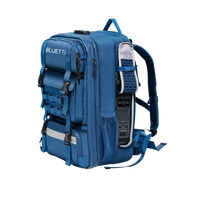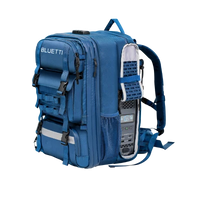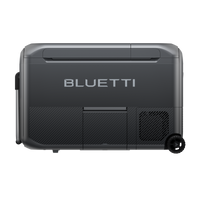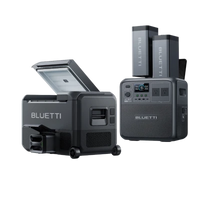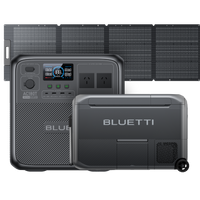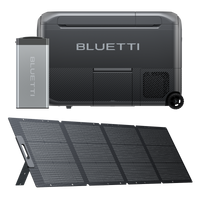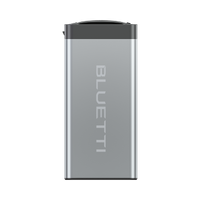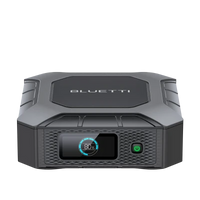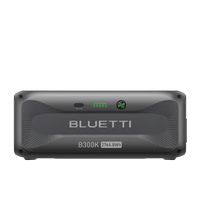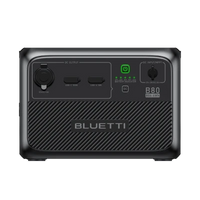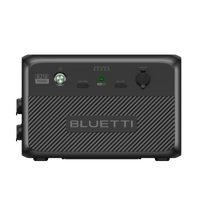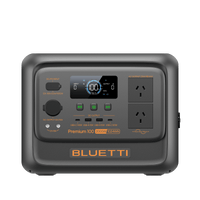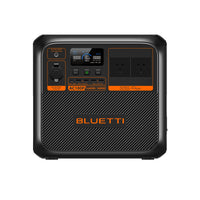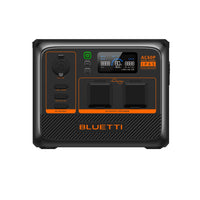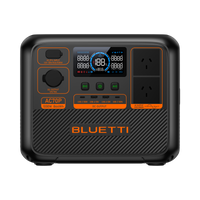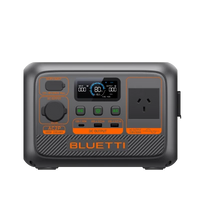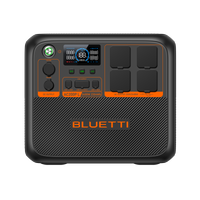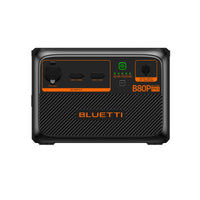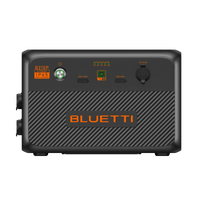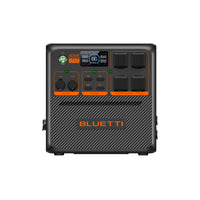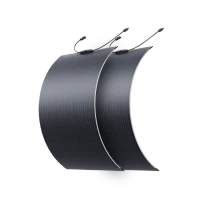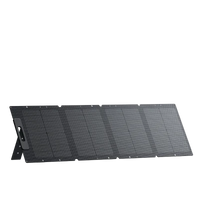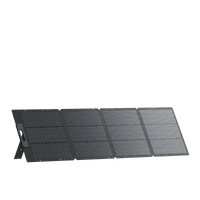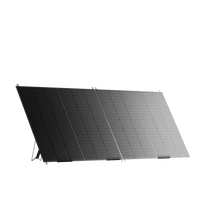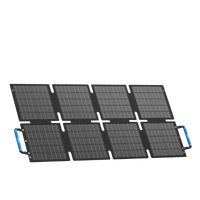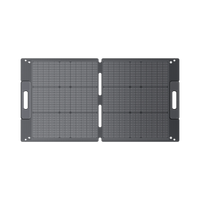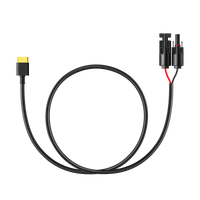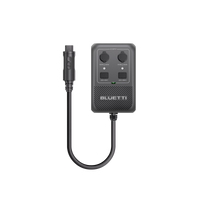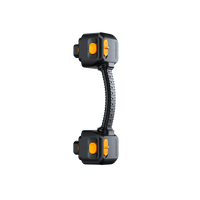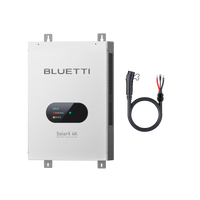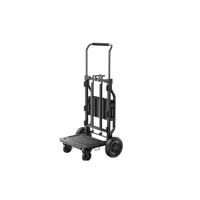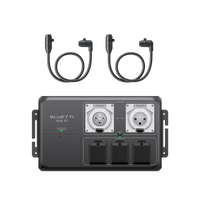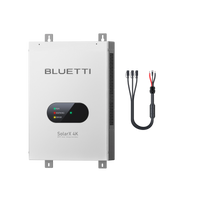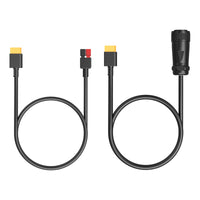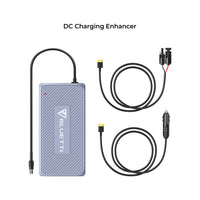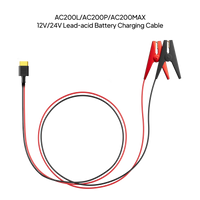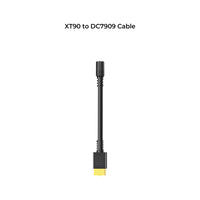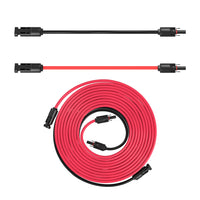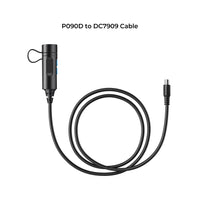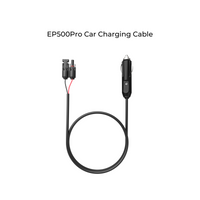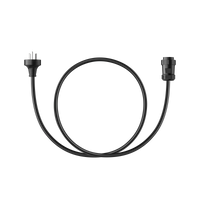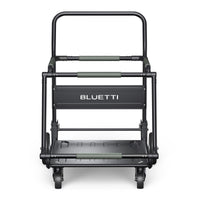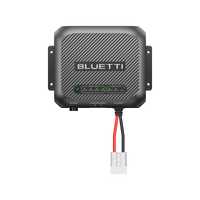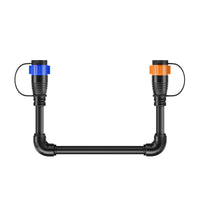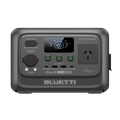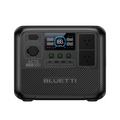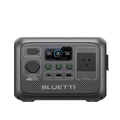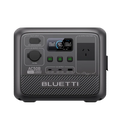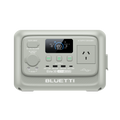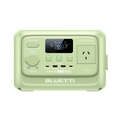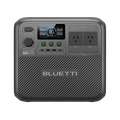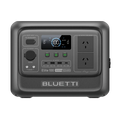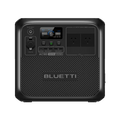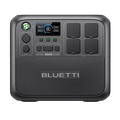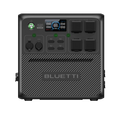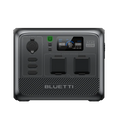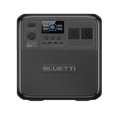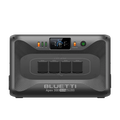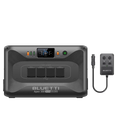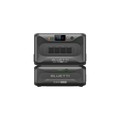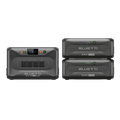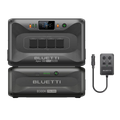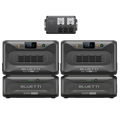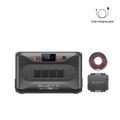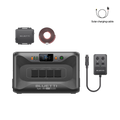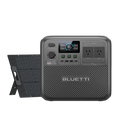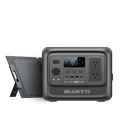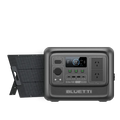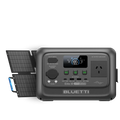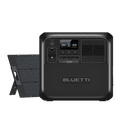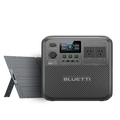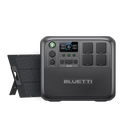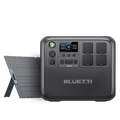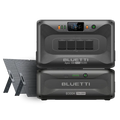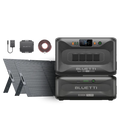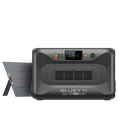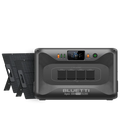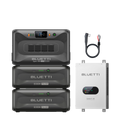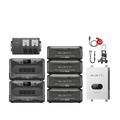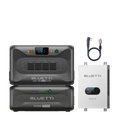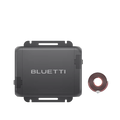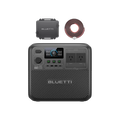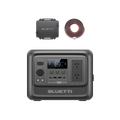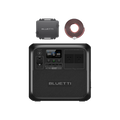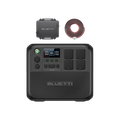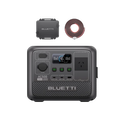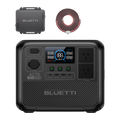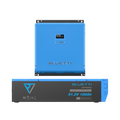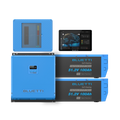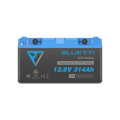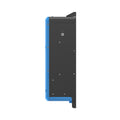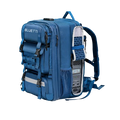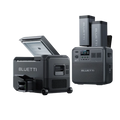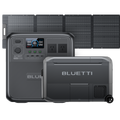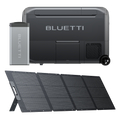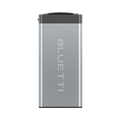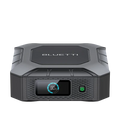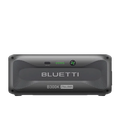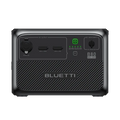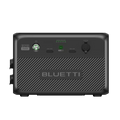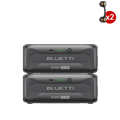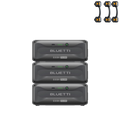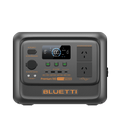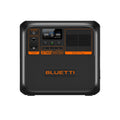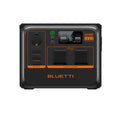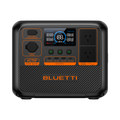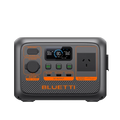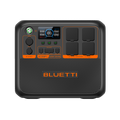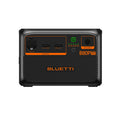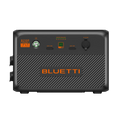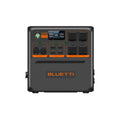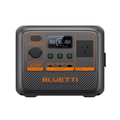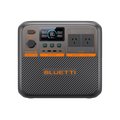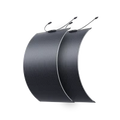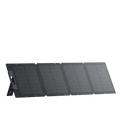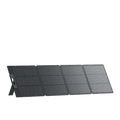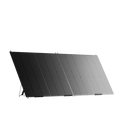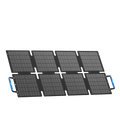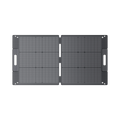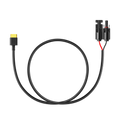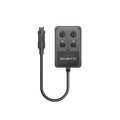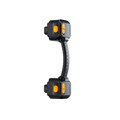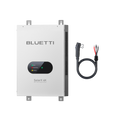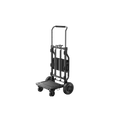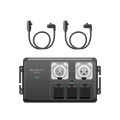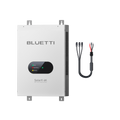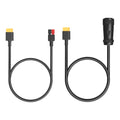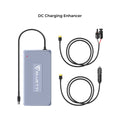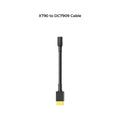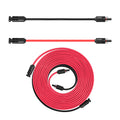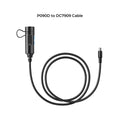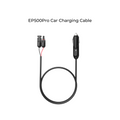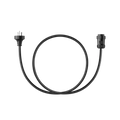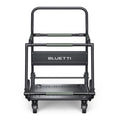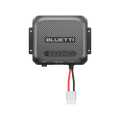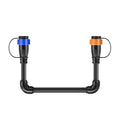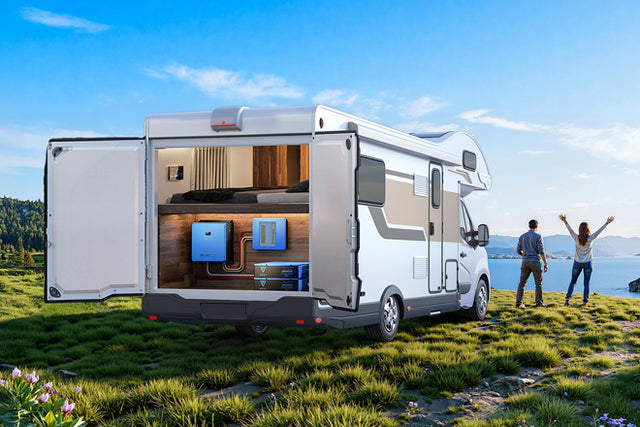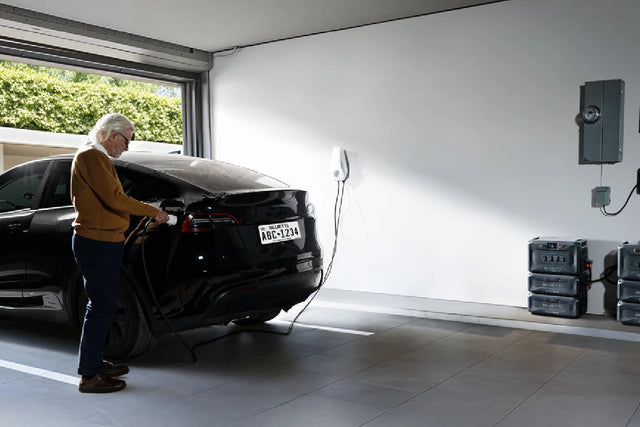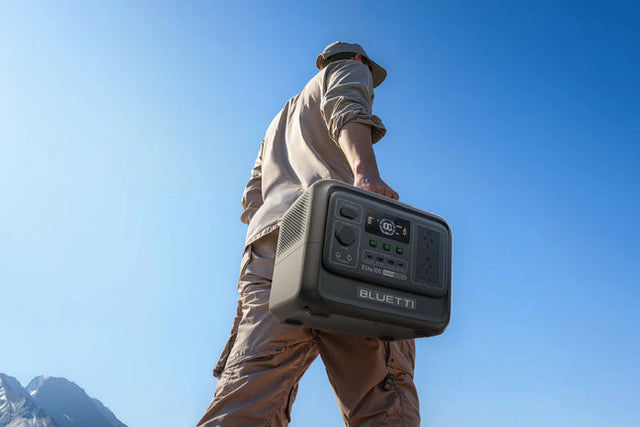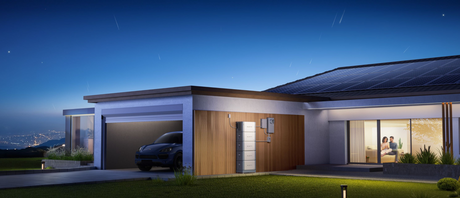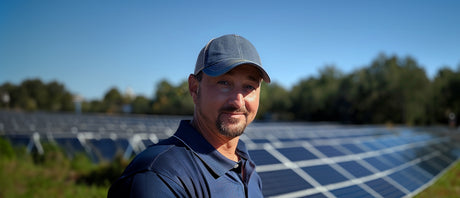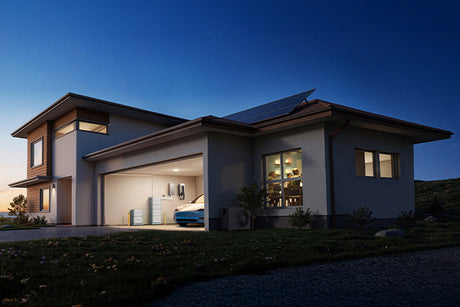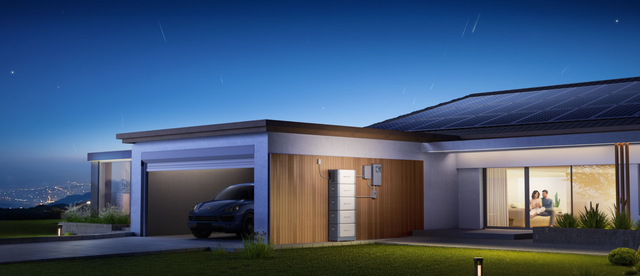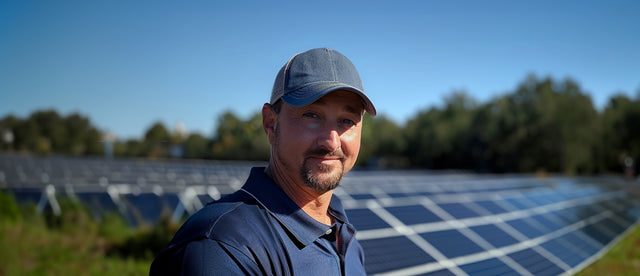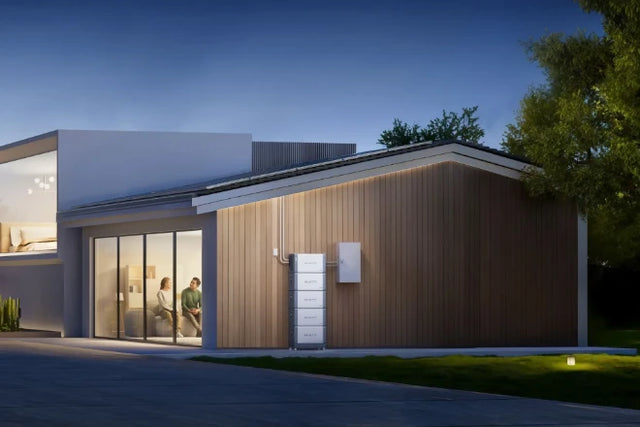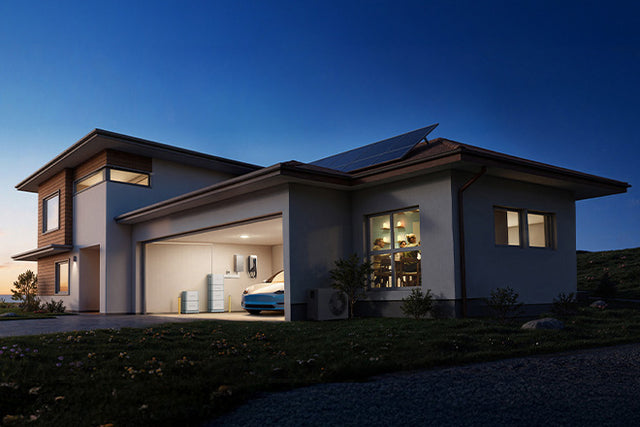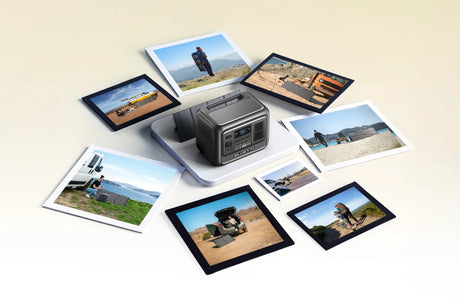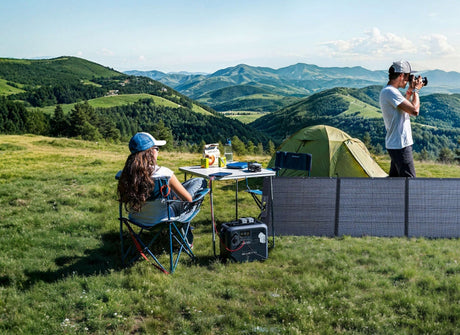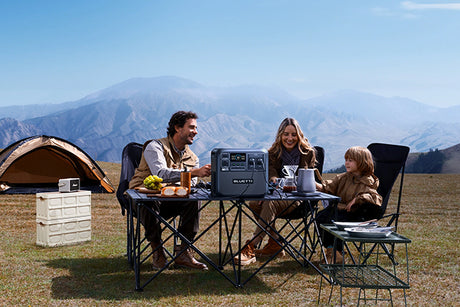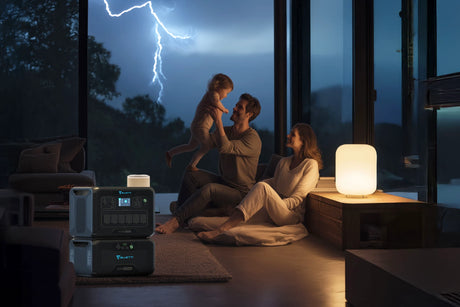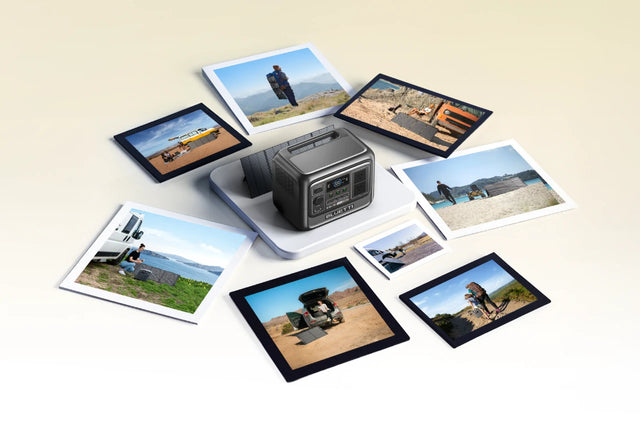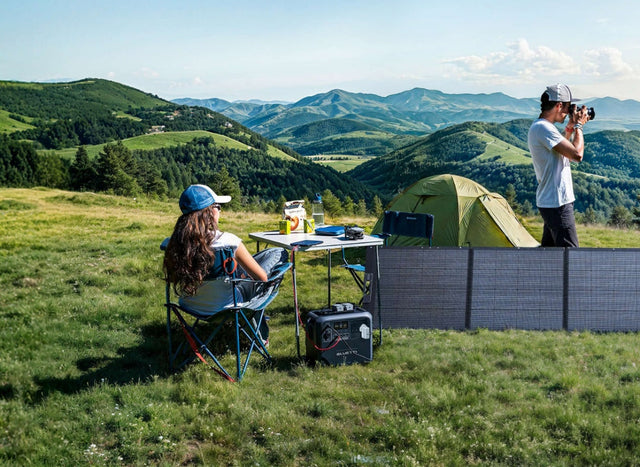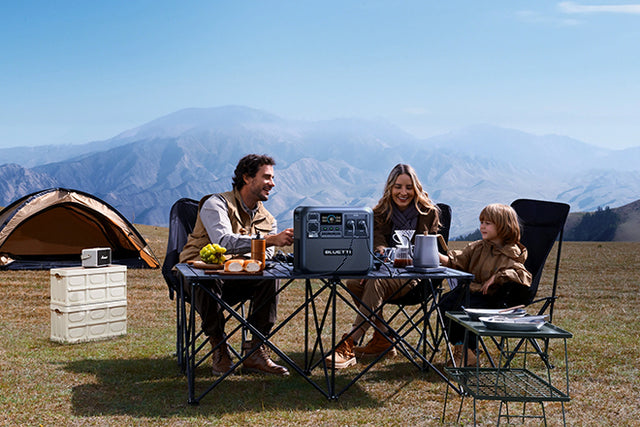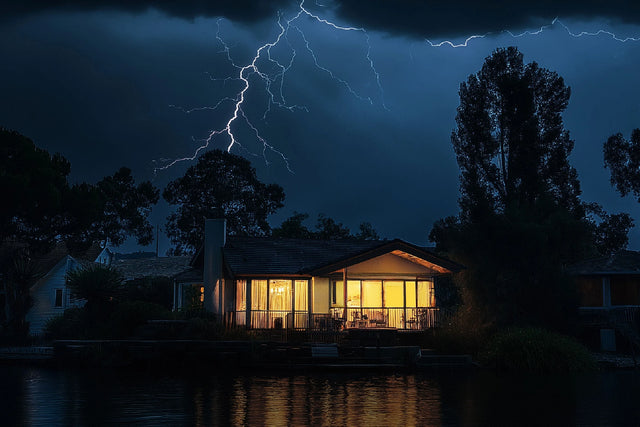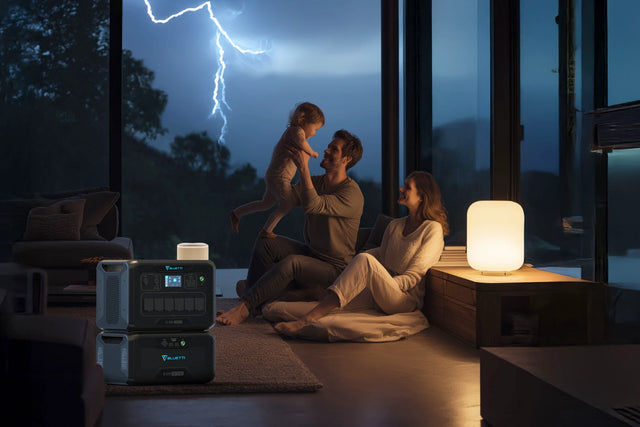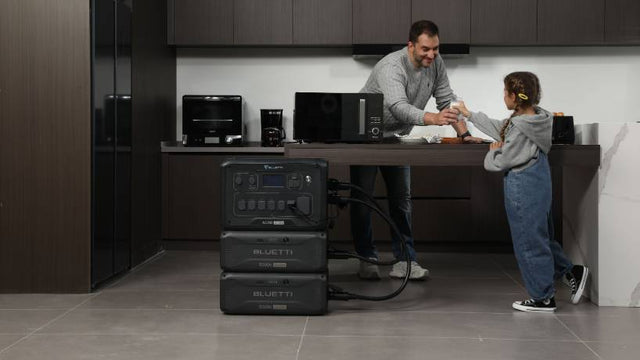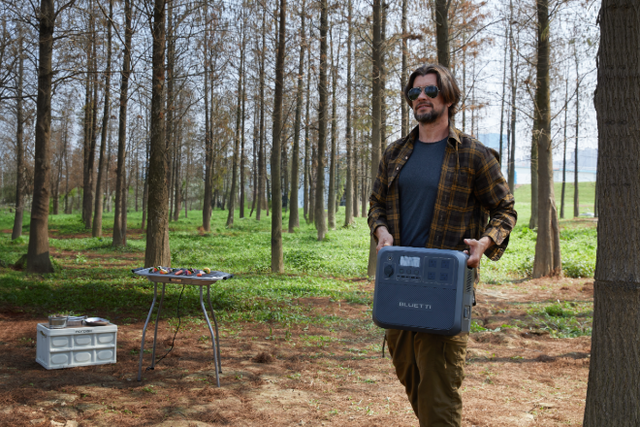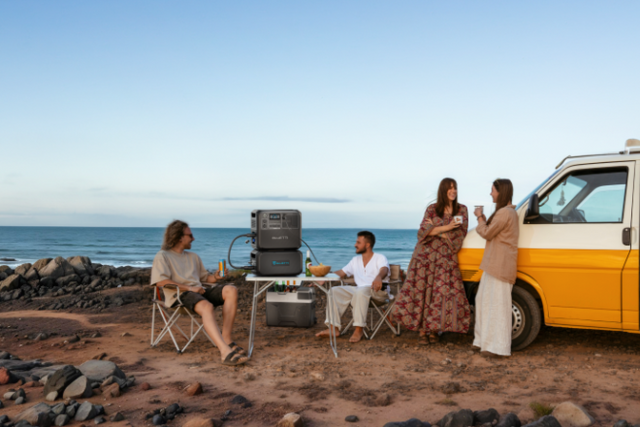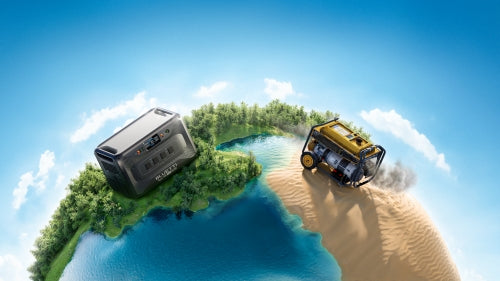If you've just opened up your latest electricity bill and thought: How on earth does it get this high? Well, if you live in Australia then it’s common. Whether you are living in a luxury apartment or a modern home, high power bills would still be your problem. Sometimes you might even doubt, “Am I running a factory in my home that brings this much power bill?” So what’s the solution to these high power bills? Operating your devices wisely can be a huge shift in your bill. You need to understand what appliances require more power, for how long you should use them, and at what time. If you are curious to know all this, you need to continue reading this post. Once you’re at the end, you’ll understand what you were doing wrong, and which appliances are not so easy on your bill, so you need to be careful about them.
Why is Your Electricity Bill Elevated Each Month?
The Australian market isn’t spared from the global issues in recent years. From global fuel shocks to rising grid pressures in Australia, everything affects the wholesale prices of things especially the power bill. Retailers pass those costs straight to you, so suddenly your quarterly electricity bill becomes $100 without you increasing your electricity use.
But here's the thing: the bulk of your bill comes from just a few appliances. Grocery shopping is a good analogy: of course, the packet of Tim Tams and the soft drink also add some cost to the bill, but it is the steak, seafood, and a bottle of shiraz that really tip it over.
The same rule goes for your power bill. Of course turning on a fan or TV will increase your bill. However, you never know which of your home appliances are the real culprit in elevating your power bill. They’ll be different for everyone, so you need to understand which one of your home appliances is causing all this.
What Appliances are Taking Over Your Power Bill in Australian Households?
Let us now analyze where the electric energy of your home is really going.
Heating & Cooling (40%)
According to the Australian Energy Regulator (AER), heating and cooling cover 40% of energy consumption. Wherever you are, climate control is at the top of the list. Summer air conditioning in Queensland and New South Wales keeps running to fight the sweltering heat. Head south to Victoria or Tasmania, and it is electric heaters using kilowatts due to frost in winter.
And thermostat settings matter. Keeping your air conditioning at 18 °C throughout the day, when it's 35 °C, surely feels quite refreshing, but that is a point that costs you a lot of money. Adjust the temperature of the thermostat to around 24–26 °C, and in the winter, adjust it to around 18–20 °C. For more cooling, add ceiling fans. In this way, with just a few cents per hour to run, you can suddenly have comfort coming with a lot less power consumption.
Hot Water Systems (28%)
Those steamy showers at night actually cost something much greater than you realize. One of the most wasteful systems in the homes of Australians is the traditional electric storage tanks, which reheats water all the time and all through the day, even when no one is at home.
Heat pumps and solar water systems are an efficient alternative to your conventional water systems. Maybe if you’re not ready to invest such a huge amount yet, there are other solutions. What are they? You can have efficient showerheads, try to bath in off-peak tariff hours, and shorter showers.
Refrigerators & Freezers (7-13%)
The fridge never gets a holiday. It is 24-7, humming quietly into the bill while cutting into your electricity budget. Adding in a second fridge for beer, "the beer fridge in the garage," makes the bill really affect you.
Older fridges have older and outdated inverters. A refrigerator from 20 years ago uses about double the energy of a modern 5-star rated unit.
Clothes Dryers & Laundries (Up to 10%)
Dryers are among the appliances that cost the most to run daily. Yet, Australia has one of the best climates in the world for line drying. The classic Hills Hoist or even a simple indoor rack can save big bucks. The dryer should be used only during the winter or rainy season.

Pool Pumps (Up to 18% for Homes with Pools)
If there is a pool in the backyard, there will be a pump pumping water from the backyard and adding consumed units straight to your bill without notice. A very small portion of the total energy consumed in some homes would generally amount to nearly one-fifth of the consumption just keeping that water sparkling.
Anyway, time-managed pumps operating during non-peak hours improve efficiency before potential upgrading to better models.
Lighting (4%)
House Lighting may not seem like much, but it adds to the buildup, especially if there are a lot of lighting bulbs like many halogens and old incandescents. You can save up to 80% by replacing incandescent bulbs with LEDs, which last longer and run cooler. Changing bulbs is definitely among the cheapest and quickest ways of making an impact.

Entertainment and Electronics ( 5% )
The TVs and gaming consoles, laptops, and Wi-Fi routers do not match up with the heaters or fridges, but they are always on. With more Australians working from home these days, their increasing consumption is balancing out that slice. Multiple monitors, routers, and computers humming away all day can add a noticeable bump.
Standby (5-10 %)
Devices have often said that they have been turned off, but at times they sip a little power. If you're someone with a TV at home, that little red standby dot is costing you money. Same with the microwave clock. Across the entire household, standby power can account for 5–10% of total consumption, and add hundreds of dollars each year. You can fix them with smart plugs and power strips.
By standby I mean the electricity an appliance uses in an "off" condition: phantom load. Examples are game consoles, DVR boxes, and that really annoying red light of the TV.
- Console standby: 15 to 30 watts.
- Cable/DVR box: 20 to 40 watts all the time on standby.
- Wi-Fi Router: 10 W, continuously, hourly, daily.
According to research, phantom load in a home may cost anywhere from $100 to $150/ year.
Seasonal and Lifestyle Factors
It is not only what you use, but also it depends on when and how much. A season, a location, and especially your lifestyle can swing your power bill up or down.
Summer Air Conditioning Bills
For states like Queensland and New South Wales, the air conditioning unit plays the lead role in household equipment during the long, humid summers. Running the split systems day and night keeps the bills climbing in the thousands. Consider including ceiling fans due to the demand for cooling.
Winter Heating for Southern States
But things change as one heads south to Victoria, South Australia, or Tasmania. The action really shrinks into winter, when microwaves and heat pumps work hard to keep homes and food warm. Since cold snaps often require continuous heating, the result can be similar to summer cooling and, in some cases, even worse.
Pool as a Hidden Cost
Having a pool is the ultimate Australian luxury to some; however, running costs often go unrecognized. Pool pumps can take up as much as 18 percent of a household's electricity bill, especially when they are on a nonstop run. Commonly, the warmer states, which have pools as a norm, have this creeping cost unnoticed into household budgets.
Lifestyle Hazard: WFH and EVs
The way we actually live these days makes a huge difference. More and more Australians now work at home, meaning that, in the new normal, laptops most likely accompany routers, monitors, and heat or cooling systems for longer hours.

How to Monitor Your Own Usage
Ever looked at an electricity bill and thought, "Well, yeah, but where does all that money go?" The answer is that there is no need to guess. A few straightforward tools will show which appliances use more power at what time.
Smart Meters
Most Australian households are fitted with smart meters now. They record usage in near real-time, instead of waiting for a quarterly bill. Many of the energy retailers already offer apps or online dashboards in which you can open an account and monitor when your power spikes, such as when the air conditioning kicks in or the dryer runs. This level of visibility should help in better spotting patterns, shifting heavy use to off-peak hours, and making informed changes rather than waiting to see the bill.

Plug-in Power Meters
Want to know exactly how much electricity your "beer fridge" or dryer is costing you? That's where plug-in power meters come in. They're small, affordable gadgets you insert between an appliance and a wall socket. The meter measures power draw in real-time so that you know exactly how many kilowatts the particular appliance is using. It's often a kind of a reality check. Many people discover that older appliances are using far more than expected.
Energy Rating Labels
When buying new appliances, the easiest way to avoid hidden power hogs is by checking the Energy Rating Label. That little star system isn't just a marketing sticker; it is actually a government-backed standard, making model comparisons easy. A 5-star fridge, for example, can end up hundreds of dollars less expensive over its lifetime than a 2-star fridge. So, spending a little bit more upfront usually is paid back in lower running costs.
Quick Ways to Save on Electricity Bills
You don't have to pull your house upside down or spend thousands overnight. The quickest way to drop the bill is to start those simple, realistic changes, building up to big savings. Here is how:
Cooling and Heating
Cooling and heating take nearly half of an electricity bill, which is why little changes here give fast payback. Installing smart thermostats automatically readjusts the temperature for normal home conditions and can also adjust themselves while you're sleeping or out of town. Most smart thermostats also link to levels, such as counting how much energy your system burned last week.
Start by using ceiling or pedestal fans instead of switching on the air conditioner first, since running fans costs only a fraction. Clean your air conditioner filters regularly and seal drafts around doors or windows to increase the efficiency of your heating and cooling systems.
Hot Water
Hot water is another big-bucks item. Swap in water-efficient showerheads; they cut flow but not the quality of the shower. If your provider offers off-peak tariffs, set up your system to heat water at the cheaper times. And if you're up for a bigger investment, install solar hot water or a heat pump.
Kitchen & Laundry
The kitchen and laundry are two such hidden energy-consuming areas. Is there a second fridge in the garage? It could easily cost a couple of hundred bucks a year, but the situation will become even worse if you have an old refrigerator that is not energy-efficient. Washing clothes in cold water saves your energy and the cost of the bill, too. And if you are using a dishwasher or a washing machine, waiting until the full load before hitting start is one of those simple behavioural changes providing the greatest savings.
Pool and Outdoors
A pool is the best spot for barbecue during summer, but the pump in the pool costs a lot of energy. Set it up on a timer to run only when necessary and preferably at off-peak hours. The other way by which you can keep your pool hot without a hefty bill is solar pool heating, using the abundant and free sunshine of Australia to add heat to your water.
Lighting & Devices
The LED replacements that may ultimately save up to 80% on lighting costs will pay themselves off within a very short time due to their life expectancy. For one thing, switch off those chargers or use smart plugs that do not provide standby power to devices; this is one of those little habits that surprisingly lead to considerable savings over the years.
Some may say that this indeed is too simple a claim, but it is indeed such a huge matter with regard to lighting. Incandescents convert about 10 percent of the energy consumed into light; most of it is wasted as heat.
Replacing 20 traditional 60W orthodox bulbs with an equivalently rated 9W LED bulb would save upwards of $200 a year, according to the number of hours lights are turned on. Besides, LEDs do not make the rooms warmer in summer, thereby reducing the cooling load of the AC.
Smart Strips Save Stand-by Power Consumption
As if unplugging the devices wouldn't suffice, investments in smart power strips can be quite effective in cutting back on that standby power-sucking energy appliances. At least 5-10 percent of total electricity consumption per household. Just think of that gaming console glowing brightly in a standby mode or that router still humming away at night.
Unplugging every device when not in use is impractical, though smart power strips can easily realize that dream. They could be programmed to cut power supply to unused devices automatically, and some models even allow you to control selected ones from your smartphone. This may save the average household around $100-$150 in the management of phantom loads.
Washing Cold Creates a Massive Impact on Laundry Footprint
Cold-water detergents are doing quite well nowadays, and fortunately, clothes never usually stay in hot-soap washing conditions for very long. So, combine this with air drying when possible, and you have created a massive impact on the laundry footprint beyond imagination; however, you enjoy fresh, clean clothes.

Solar & Battery
The greatest long-term investment is solar panels and home batteries. Rooftop solar will meet your energy demand during the day, free from the grid, while batteries will store enough energy to supply your home through the night. The up-front cost becomes even more affordable with generous federal and state rebates. Then the ROI pays back after a period.
BLUETTI Solar Generators to Save on Power Bills
Architectural-level solutions for serious families seeking to take their homes off the grid with BLUETTI solar generators. It promises reliability and versatility, and is portable to be useful all day long.
Whole-House And Heavy-Appliance Coverage:
When analyzing your power bill's heavyweights, it is clear that the most energy-hungry appliances will always be air-conditioners, heaters, and dryers. It is simply the management of that demand whereby key necessities could live without pressing too hard on the grid or needless spending. That's where the eco-friendly solutions of Bluetti come in: traditional backup systems consume unnecessary electricity, whereas Bluetti systems give you control in blackouts when the truly big power-guzzlers usually leave you in the lurch.
BLUETTI Apex 300 + B300K Expansion Batteries + Hub D1 + SolarX 4K Controller
- Apex 300: A flagship generator that boasts 3,000W output to run the likes of ovens, washing machines, and air-conditioners.
- B300K Batteries: Expandable capacity, multi-day coverage, maximum up to 16 kWh.
- Hub D1: More efficient routing of DC power for refrigeration, fans, and LED lights.
- SolarX 4K Controller: The controller is capable of supporting up to 4,000W solar input thereby charging fast even on overcast days.
Typical runtimes:
|
Appliance / Scenario |
Typical Power |
Runtime |
|
Split-system Air Conditioner |
1,000 W |
4.6 hrs |
|
Electric Oven |
2,000 W |
2.3 hrs |
|
Clothes Dryer |
1,500 W |
3.0 hrs |
|
Washing Machine |
500 W |
9.0 hrs |
|
Hot Water Booster (small tank) |
2,500 W |
1.8 hrs |
|
Pool Pump |
1,200 W |
3.8 hrs |
|
Large Refrigerator + Freezer Combo |
200 W |
23 hrs |
Best suited for large households or families with high bills, and for those wanting grid independence during outages.

Portable & Everyday Household Savings
BLUETTI Elite 100 V2 + PV200 Solar Panel
Next up is BLUETTI Elite 100 V2. This smaller, portable option is perfect for renters or households where rooftop solar isn’t possible. The foldable 200W PV200 panel charges the unit during the day, letting you run essentials at night.
Typical runtimes:
|
Appliance / Scenario |
Typical Power |
Runtime |
|
LED TV (55") |
100 W |
7.5 hrs |
|
Laptop + Router (WFH) |
80 W |
9.3 hrs |
|
Desk Fan |
60 W |
11.8 hrs |
|
LED Lights (5 bulbs) |
50 W |
13.8 hrs |
|
Portable Speaker / Media |
30 W |
23 hrs |
|
Smartphone Charging |
10 W |
41 hrs |
|
CPAP Machine |
40 W |
17 hrs |
FAQs
What is the biggest use of electricity in Australian households?
Heating and cooling are the biggest energy consumers, accounting for nearly 40% of all energy consumed by an average house. In the hotter regions, the heating system, accounting for the most power-consumed appliance, provides warm comfort all by itself.
To what extent will my bill increase with a second fridge?
If you own a fridge that is an old, inefficient appliance, then it will cost anywhere from $200 to $300 annually, with the burden of the electricity bills.
Does standby power matter?
It does, indeed! Standby or vampire power, using 5% to 10% of your household electricity bill, will cost you several hundred dollars every year for equipment that is not even doing what it was meant for.
Will switching to solar reduce all these costs?
Surely! Solar reduces daytime consumption, while added batteries store energy for the night. So even with little pull from the grid, savings are much intact.
Conclusion
Australian power bills may sometimes seem overwhelming, but they need not be a conundrum for anybody. A few key suspects, heating, cooling, hot water, and fridges, account for most of the bill. Concentrating on them will yield real savings.
Whether draught-proofing in Melbourne, air-drying clothes in Brisbane, or finally saying goodbye to that old beer fridge in Perth, these small steps add up. The big steps are converting to solar, with storage options like BLUETTI's, which gives you power, reduces reliance on the grid, and keeps your lights on when it matters.
So the next time your power bill appears in your inbox, you will know what it's all about, and more importantly, how to fight back.
Shop products from this article
Be the First to Know
You May Also Like
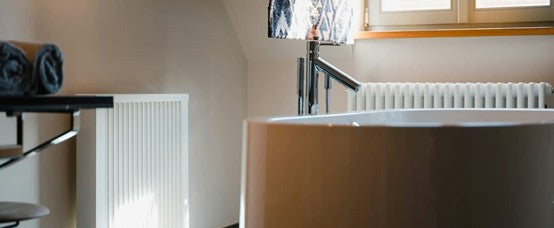
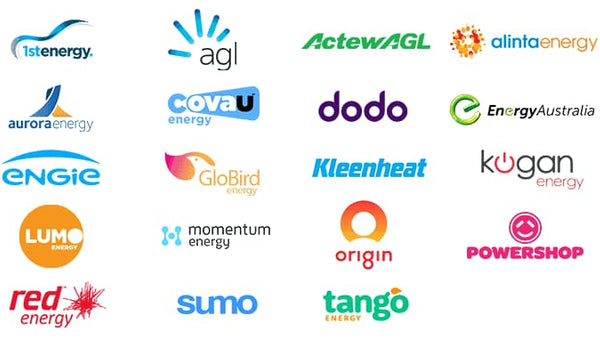
Save on energy costs by subscribing to the cheapest gas provider in Australia. Find out ways to switch your gas company. Get expert tips on lowering your gas bill.
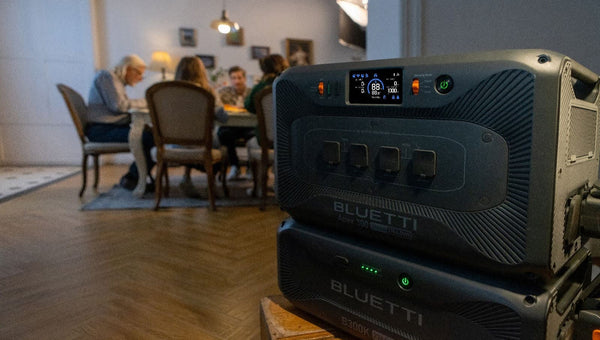
Discover the latest solar battery prices in Australia for 2025, including ranges and rebates, in a friendly guide.
